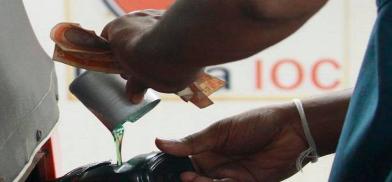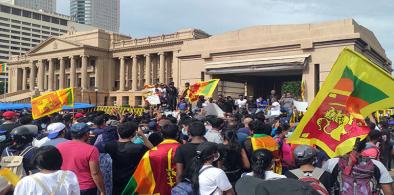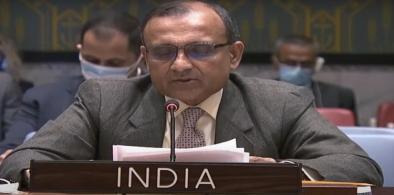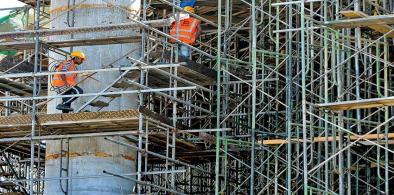Sri Lanka to seek $500 million credit line from India amid deepening forex crisis
Sri Lanka is expected to sign for a $500 million credit line facility with India as it suffers a severe forex crisis and is unable to pay for energy imports beyond January next year. Energy secretaries of both countries are expected to sign a deal soon, said Sri Lankan Finance Secretary S R Attygalle

Sri Lanka is expected to sign for a $500 million credit line facility with India as it suffers a severe forex crisis and is unable to pay for energy imports beyond January next year. Energy secretaries of both countries are expected to sign a deal soon, said Sri Lankan Finance Secretary S R Attygalle.
The state-run Ceylon Petroleum Corporation (CPC) owes nearly USD 3.3 billion to the two main government banks -- Bank of Ceylon and People's Bank. The state oil distributors import crude from the Middle East and refined products from other areas, including Singapore.
"We are currently engaged with the Indian High Commission here to obtain the facility (USD 500 credit line) under the India-Sri Lanka economic partnership arrangement,'' CPC Chairman Smith Wijesinghe was quoted as saying by News First.
He said the facility would be utilized for purchasing petrol and diesel requirements.
The increased global price of oil this year burdened the already struggling economy in Sri Lanka, forcing the government to spend over $2 billion --an increase of 41 percent-- on fuel imports in the first seven months of the current year.
The forex crisis led the government to impose severe import restrictions as the gross official reserves in Sri Lanka dropped to around $2.5 billion in September 2021-- a decline of almost 28 percent in comparison to August when it was around $3.5 billion,
In July 2019 the country’s foreign exchange reserves were at $7.05 billion, but since then the reserves have steadily dropped that has been larged blamed on the government's inflationary policy. Tourism --which came to a halt during the pandemic--also jolted the country economically as it used to be one of its biggest forex sources.
Later to boost demand through injection of cash, especially after the pandemic, proved counterproductive. Sri Lanka printed a lot of money and at the same time its external market kept failing.
Sri Lanka was hit by a $2.3 billion balance of payments deficit in 2020 and $2.7 billion by July 2021, not counting the latest reserve losses. Despite a $1.5 billion currency swap agreement with China, and later $200 million with Bangladesh, Sri Lanka failed to establish its balance of payment crisis.
(SAM)













Post a Comment